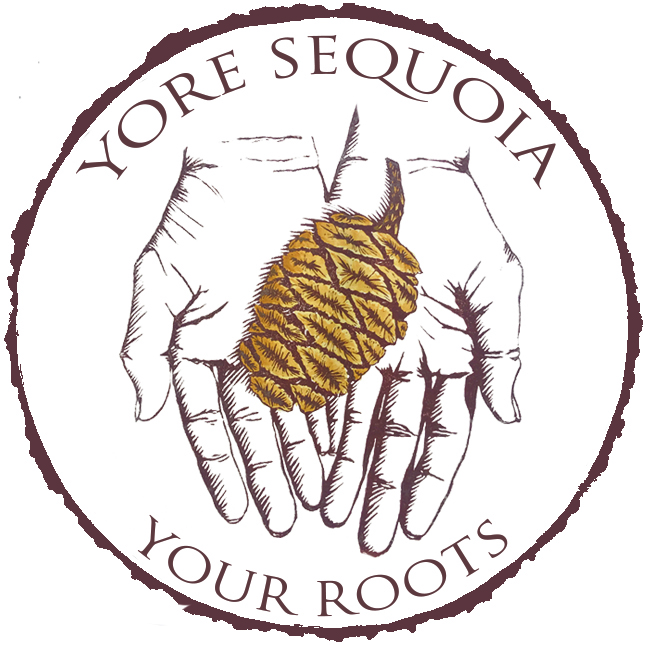Part Ten: …Do Us Part
By Laile Di Silvestro. Published March 2025.
This is Part Ten of a multi-part series by historical archaeologist Laile Di Silvestro. The series started with an astonishingly bold act—two women staking a claim in the remote Mineral King Mining District in what is now Sequoia National Park. The tale unfolds in California in the second half of the 19th century. It was place and time where women struggled to thrive within power structures that favored unscrupulous men. It is a true story. Read Part Nine HERE.
What would you do about a bad marriage in the 1880s?
It wasn’t impossible to end one in California. The man or the woman simply needed to provide the documents and witnesses indicating that the other one was guilty of adultery, extreme physical or psychological cruelty, willful desertion or neglect, habitual drunkenness, conviction of a felony, or incurable insanity. And the court had to agree.
If the man was determined to be at fault, he was expected to provide alimony. If the woman was found at fault, she was expected to survive on her own.
Alas, the circumstances of Lizzie and George’s marriage and their separation remain a mystery. Lizzie and George divorced some time between 1886 and 1889, however, and George left. He didn’t just leave Lizzie and their three young children. He didn’t just leave his home or his postmaster job or the town of Traver or Tulare County. He left the state and took up residence in Washington, where he lodged with other men as a laborer and eventually took on a restaurant.
George’s departure from California suggests he may have been at fault, but of what we may never know. The records suggest we can at least rule out felony or incurable insanity as grounds for their divorce. All other options remain on the table.
Whatever the grounds for divorce, perhaps there were still grounds for attachment. Lizzie apparently stayed in touch with George and retained his surname. She never remarried.
Where did Lizzie and her children go after the divorce? In 1900, Lizzie and her children were lodging in Santa Cruz. Accordingly, it is quite possible that she had turned to her aunts, uncles, and cousins residing in nearby Pajaro. Yes, the Pajaro of prunes and lynching fame.
And now the story takes a very, very dark turn.

To be continued…
Read Part 11.
Read the entire series here.
Sources:
Census records (Tulare County County, CA; Santa Cruz County, CA; Whatcom County, WA)
Voter registrations (Whatcom County, WA)
U.S. Consular Registration Certificate, Canada, 20 September 1913.
Amato, Paul R. and Shelley Irving. 2005. “Historical Trends in Divorce in the United States,” in Handbook of Divorce and Relationship Dissolution ed. Mark A. Fine and John H. Harvey. Abingdon: Routledge. https://www.routledgehandbooks.com/doi/10.4324/9781315820880.ch3, accessed 03 Oct 2020, Routledge Handbooks Online.
Griswald, R. L. 1982. Family and Divorce in California, 1850–1890. Albany: State University of New York Press.
